Introduction
Inverse
One thing we did not study in detail with our functions was the inverse.
With an inverse, if you truly understood just the definition, you would understand if from all perspectives - equations, graphs, mappings, ordered pairs.
Let’s take a look. We will start with ordered pairs. Study the functions and inverses below and see if you can find a connection.
Function: {(3,9), (2,8), (4,10), (1,7)}
Inverse: {(8,2), (10,4), (7,1), (9,3)}
Function: {(-1,5), (-2,4), (-4,2), (-5,1)}
Inverse: {(4,-2), (1,-5), (5,-1), (2,-4)}
Mappings
Now, study these functions and inverse and see if you can find a connection.
Function x and Inverse
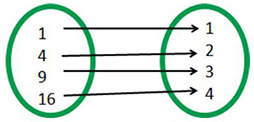
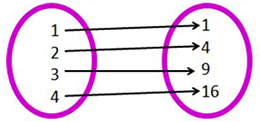
Function f(x) and Inverse
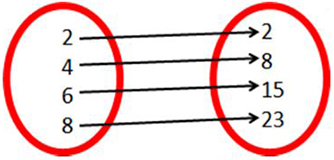

Graphs
The following graphs show a function and an inverse on each coordinate plane. Study them and try to find a connection
Graph 1
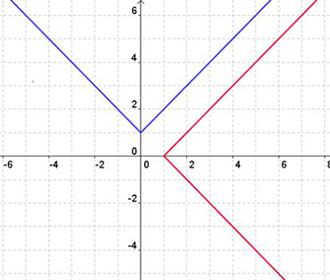
Graph 2
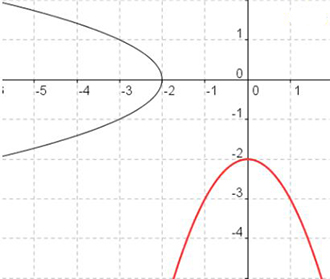
Graph 3

Inverse Functions
In your observations, I am sure you found connections between the function and the inverse for each one given. What we really need to do is find the same connection between each function and inverse regardless of whether it is a mapping, graph, or set of ordered pairs. Answer the following questions from your observations.
With ordered pairs, what is the connection between the function and its inverse?
Answer: The order pairs were swapped.
With mappings, what is the connection between the function and its inverse?
Answer: The x and f(x) were swapped.
With graphs, what is the connection between the function and its inverse?
Answer: The graphs are reflected over the line y = x. this swaps the x and y coordinates on each graph.
Is the connection between the function and its inverse the same regardless of how they are represented?
Answer: Yes